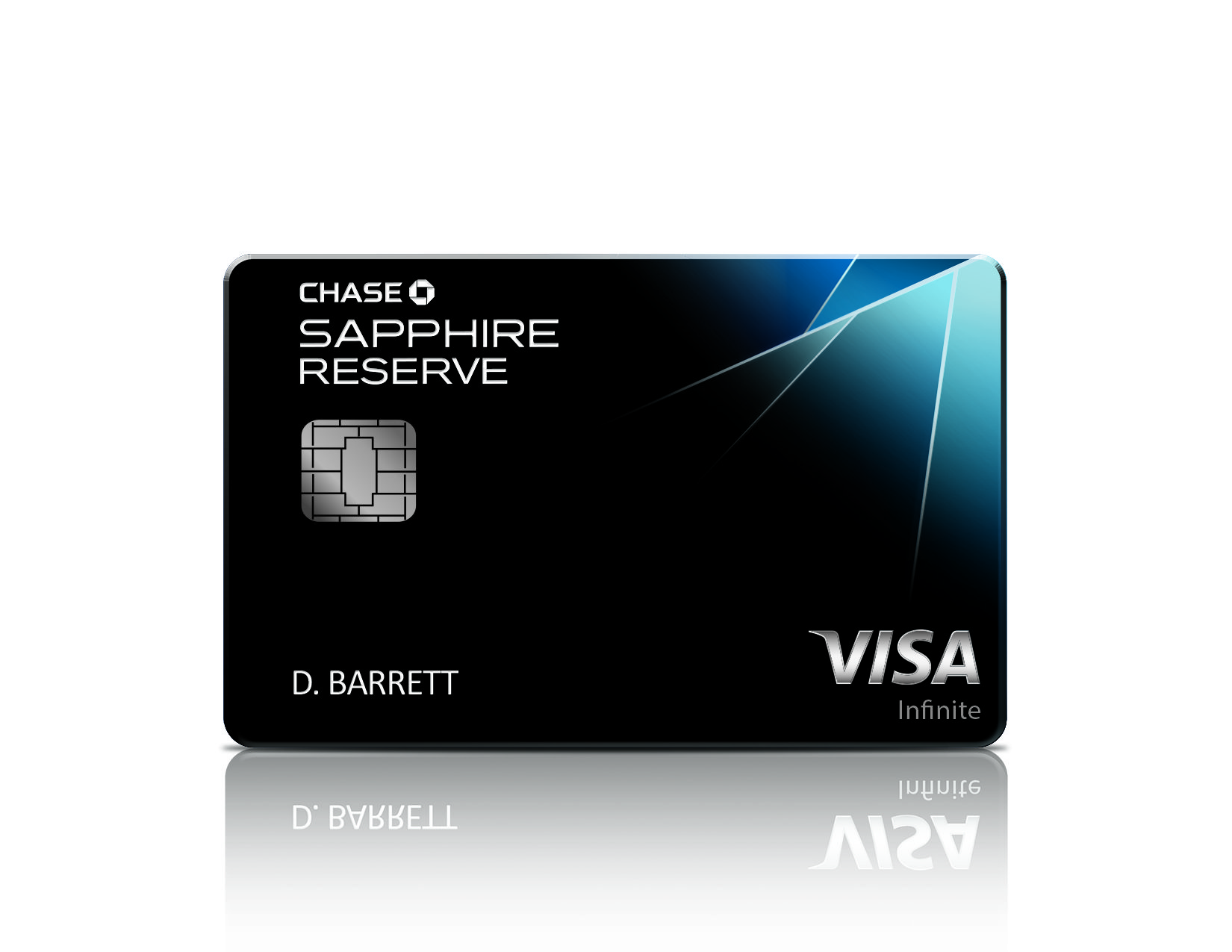The Chase Sapphire Preferred is a great mid-tier travel credit card. It earns 2x Chase Ultimate Rewards (UR) points on General Travel and Dining. Plus, Chase is currently holding a promotion that lets Sapphire Preferred cardholders earn 3x UR points on Groceries until June 30, 2020. There is a plethora of travelers who say that the Sapphire Preferred is no longer competitive or lucrative. Fortunately, Chase has an opportunity to change that with this promotion. This post explains why the Chase Sapphire Preferred should keep its 3x Groceries category permanently.
Sapphire Preferred Overview
Furthermore, the Chase Sapphire Preferred is the bank of Morgan’s mid-tier personal credit card. It has a $95 annual fee (NOT waived the first year) and comes with a sign-up bonus worth 60,000 UR points. This bonus can be earned by spending $4,000 within the first three months.
The Sapphire Preferred also comes with a few great travel perks including Primary Car Rental Insurance, Trip Delay Insurance, and Baggage Delay Insurance. One use of any of these perks can justify the card’s $95 annual fee.
Plus, this card has access to Chase’s transfer partners and the Chase Travel Portal. You can redeem points for 1.25 cents per point (CPP) with the latter method. However, you can realize way more value with the former method.
Chase Does Not Have a Grocery Store Card
One of the biggest complaints about the Chase UR ecosystem is a lack of grocery store card. In other words, none of the Chase’s UR-earning cards have an elevated bonus category for grocery stores. Groceries are one of the biggest and most common expenses for American people. Therefore, grocery stores are one of the most common bonus categories in the American credit card market. And without a groceries category, Chase is missing out on interchange fees, annual fees, and other ways to make money.
The Sapphire Preferred has one of the weakest earning structures among the UR-earning cards. This makes it the best candidate to receive a permanent 3x bonus category for groceries because of the earning structures of its UR-earning brethren. The Sapphire Reserve already earns 3x points on General Travel and Dining. Plus, the Freedom earns 5x on quarterly rotating categories. And the Freedom Unlimited earns 1.5x points on non-bonus expenses. Groceries are the gap.
Furthermore, Lucky from One Mile At A Time (H/T) reported yesterday that overall spend on Chase credit cards is down 40% year over year. This data came from a recent report by Chase, who said that the drop came heavily in March 2020 when the COVID-19 pandemic was becoming rampant in the United States. One of the big reasons for this drop was that Chase does not have a single UR point-earning credit card with a groceries category.
Better Standalone Card
If all else (annual fee, sign-up bonus, redemption options, and perks) remains the same, the Sapphire Preferred would become much more valuable and competitive as a standalone card. Its earning structure would be as follows:
- 3x UR points on Grocery Store purchases
- 2x on General Travel and Dining
The Sapphire Preferred would become a much better standalone credit card with the permanent addition of the 3x Groceries categories. Plus, more people would be willing to enter the UR ecosystem with such a category, especially those who are disgruntled with American Express.
Chase Can Compete with American Express
American Express is known for their monopoly on the groceries category. Most of their credit and charge cards have some sort of grocery store category. And those with heavy grocery expenses flock to Amex. Chase has a golden opportunity to compete with Amex on this front with the Sapphire Preferred.
The following sub-sections compare the Chase Sapphire Preferred Card’s promotional (and potential) earning structure to two of Amex’s finest grocery cards:
Everyday Preferred Card
The American Express Everyday Preferred Card is the most like the Sapphire Preferred in terms of earning structures. Both cards have 3x categories in Groceries and excellent 2x bonus categories for other common expenses. They also both have $95 annual fees (NOT waived the first year).
However, the Everyday Preferred has a 50% points bonus after you use it 30 times per month. This raises the multipliers considerably, especially for Groceries. But the Sapphire Preferred can the better overall card, especially for rewards maximizers and lighter spenders. It has a much higher sign-up bonus and no worries about using the card 30 times per month.
Gold Card
Conversely, the American Express Gold Card beats the Sapphire Preferred in terms of pure earning. It earns 4x Membership Rewards (MR) points on both Groceries and Restaurants, as well as 3x points on purchases from amextravel.com.
However, the Gold Card has a $250 annual fee (NOT waived the first year) and $220 in total dining and travel credits that are difficult to use. Using the credits in full will lower your “net” annual fee to $30. But for many cardholders, this is difficult.
Therefore, the Sapphire Preferred becomes an excellent deal for just $95 per year. Some prospective cardholders would rather spend just $95 and earn fewer rewards per dollar. Those who want to redeem their points for flights and will use Amex’s credits will be better off with the Gold Card. And those who want to save on annual fees and redeem on hotels will do better with the Sapphire Preferred.
Chase Can Make Money Too
Furthermore, Chase stands to make way more money by changing the earning structure of the Sapphire Preferred. More people will be willing to pay its $95 annual fee because the Sapphire Preferred will be a better standalone card. In turn, more cardholders mean more interchange fees and more internal fees from merchants.
Chase might also repeal the infamous One Sapphire Rule because the Sapphire cards’ earning structures will be different. Cardholders will have a potential use for both Sapphire cards, despite an overlap in Travel and Dining categories. The Preferred can be used for its groceries category and the Reserve can be used for its travel and dining categories. Both cards will set you back a total of $645 in annual fees. But the fees can be worth it depending on your expenses.
Final Draw
The Chase Sapphire Preferred is a great mid-tier travel credit card as it stands. But Chase’s current promotion only makes it better. Therefore, Chase has a huge opportunity to bring a welcome change to the Sapphire Preferred Card’s earning structure. Let’s just hope that this promotion remains after June 30, 2020.













Anthony, Any word on Chase extending the offer on groceries past June 30?
Hi Janet,
Thanks for reading! This is a great question. Chase has not extended the temporary grocery store category past June 30. But the two Sapphire cards are offering extra points on Instacart and two other temporary bonus categories until September 30. They are also offering a $50 statement credit for Instacart.
Best Regards,
Anthony